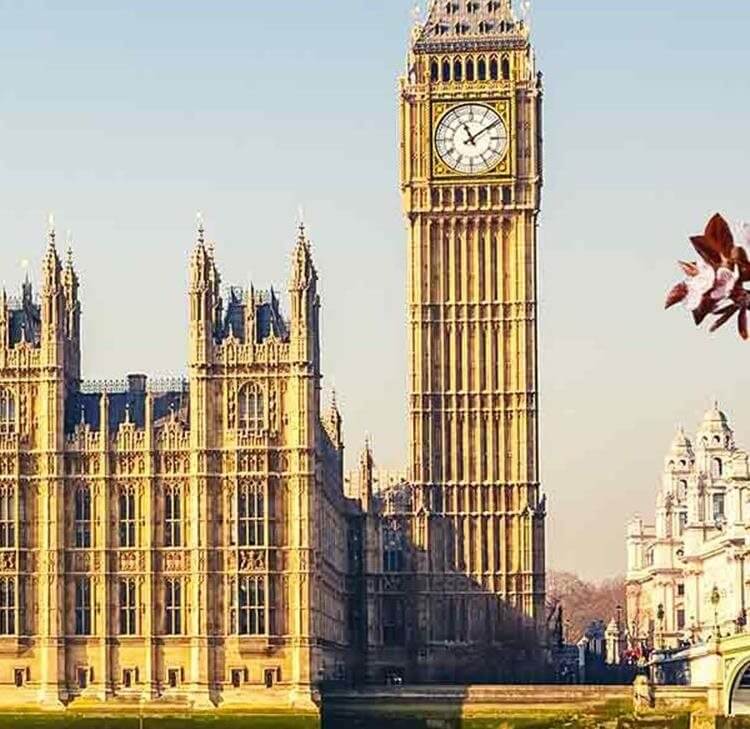Post COP26 – where now for local government and net zero?
Laura Hughes sets out the key points for local authorities following the conclusion of COP26 in Glasgow.
Laura Hughes sets out the key points for local authorities following the conclusion of COP26 in Glasgow.
There has been much analysis in the mainstream press about whether or not COP26 was a success. The views are, perhaps unsurprisingly, mixed. The same is probably true when considering whether it was a success for local government. Local government pushed ahead of, and during, the event for recognition from the UK Government of the need for local government to be centrally involved in efforts to cut climate emissions. The final text of the Glasgow Climate Pact explicitly recognised the important role of local communities and civil society in tackling climate change and highlighted the need for multilevel and cooperative action.
On the face of it then, a successful conference? But does the substance of what sits behind the talk of empowering local government match the rhetoric.
Just ahead of COP26 the UK Government published its Net Zero “Build Back Greener” strategy. Section 4v of the strategy deals with Local Climate Action.
The strategy talks at length about a “place-based approach to net zero” being “vital”, and about “local leaders” being “well placed to engage with all parts of their community and to understand local policy, political, social and economic nuances relevant to climate action”.
The strategy does though acknowledge that “there remain significant barriers to maximising place-based delivery on net zero”. It acknowledges the different challenges faced in different areas, and the different speed of progress. It recognises that some areas with high levels of emissions face a multitude of other challenges including being home to a greater number of lower skilled workers, and being where high carbon industries are located. The Government therefore makes it clear that it does not propose to introduce a statutory net zero target for local authorities as a result of these factors.
The strategy goes on to acknowledge, albeit implicitly, the challenge around co-ordination of, and consistency in, action in this area. The Government indicates that it needs to set clearer expectations for localities, provide resources, and support the building of capacity and capability locally. This will no doubt be music to the ears of many local authorities who have been pointing out similar issues for some time.
So how will all of this be achieved? The strategy is not as clear on how these key outputs will be achieved but the following statements are made within the strategy:
Co-ordination
The Department for Business, Energy and Industrial Strategy (BEIS) will take overall responsibility for co-ordinating local efforts to deliver net zero – this is clearly welcome as one of the major issues for local government (and it is a feature in climate policy generally, not just for local government) has been in identifying a lead agency or role. A Local Net Zero forum will be established and chaired by BEIS. The forum will be cross-departmental and involve national and local government officials on a regular basis.
Funding
There is acknowledgement that funding sources are too numerous and require co-ordination. There is a commitment to simplify and enhance grant schemes, but also to find ways to invest long term in programmes driving for net zero.
The UK Investment Bank will also offer loans to local authorities for high value and strategic projects of at least £5m, and will continue to refine its Local Authority Lending function over the coming months.
Sectoral priorities
The strategy then focusses on activity across local energy, heat and buildings, local transport and local green infrastructure, recognising these as key areas where local authorities can, and already are, delivering. Much of what is covered in this section of the strategy is a description of programmes, pilots and activity which the UK Government is already funding or driving. There are few new announcements or commitments, but the following are worth mentioning:
- The government is considering how the planning system can further support commitment to reaching net zero;
- A local authority toolkit will be published later this year (2021) to help local authorities reduce emissions from transport;
- A new National Framework of Green Infrastructure Standards will be published in 2022 – this will be to help local authorities design and deliver green and blue spaces and nature features.
Fairness
The strategy also commits to a fair transition to net zero, specifically referencing the Government’s levelling up agenda.
The Local Energy Programme will become known as the Local Programme and will support all local areas to build capability and capacity to reach net zero.
The Government is working with Local Enterprise Partnerships to ensure local businesses continue to have a clear representation in local discussions about green recovery and climate change. This is an interesting development as many commentators have been questioning the future role of LEPs.
There is also a commitment to working with community groups, and empowering them to help deliver solutions.
So where now?
The picture seems relatively positive in terms of local government’s role in delivering net zero. The UK Government explicitly states in the Net Zero strategy that local government have a crucial role to play and should be empowered to do so. However, whilst the strategy makes some new announcements about how the UK Government will work with local government and local communities, it often reiterates strategies and approaches which are already in existence. How further use of such strategies will lead to the kind of step change needed is unclear. It may be that the co-ordination role announced for BEIS, and the streamlining of funding sources will be transformative, but these aspects are relatively light on detail. What is clear is that local government needs to continue to push for its place at the table, as it has so much to deliver in the challenge facing us all.
First published in the Local Government Lawyer on December 10 2021.









































